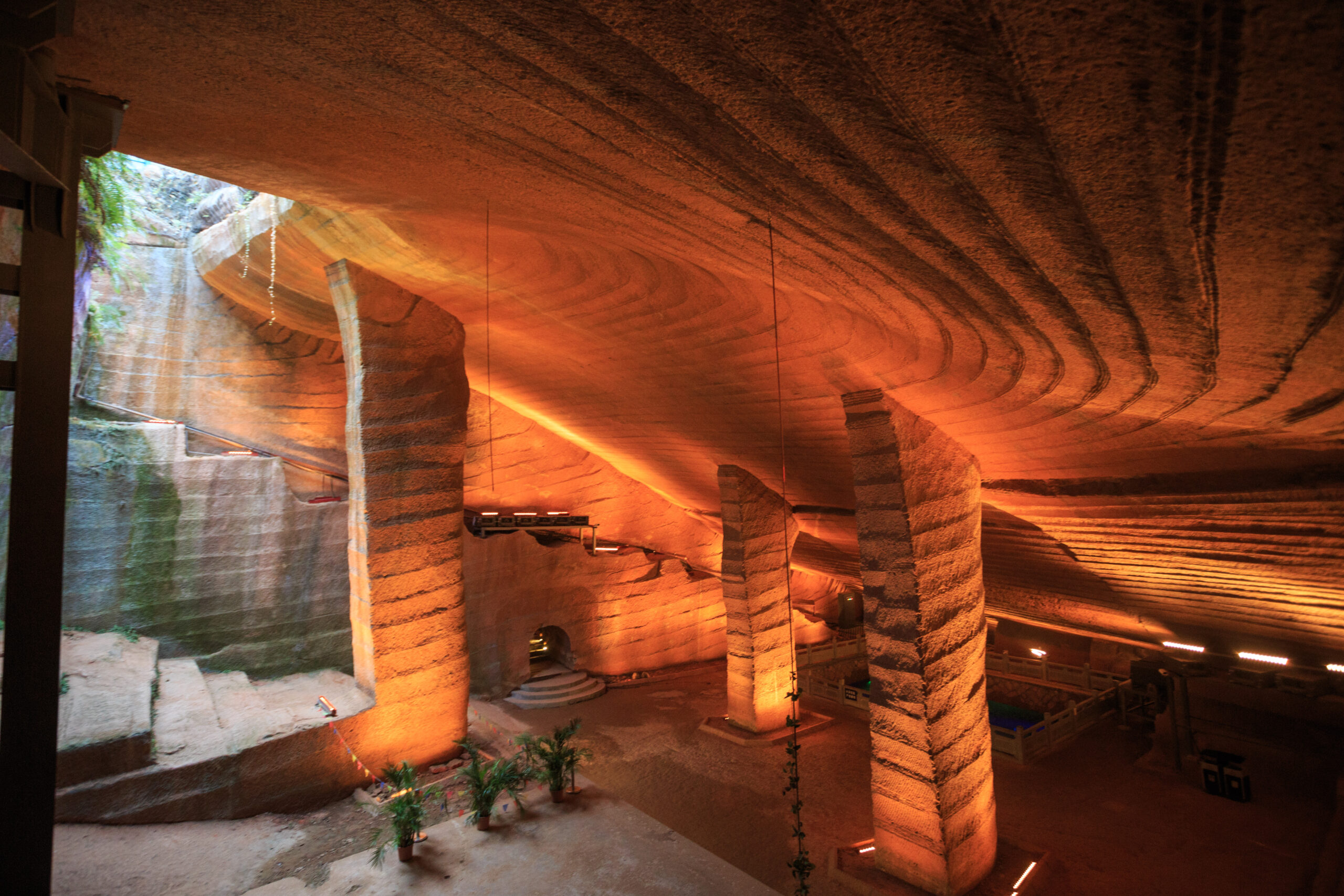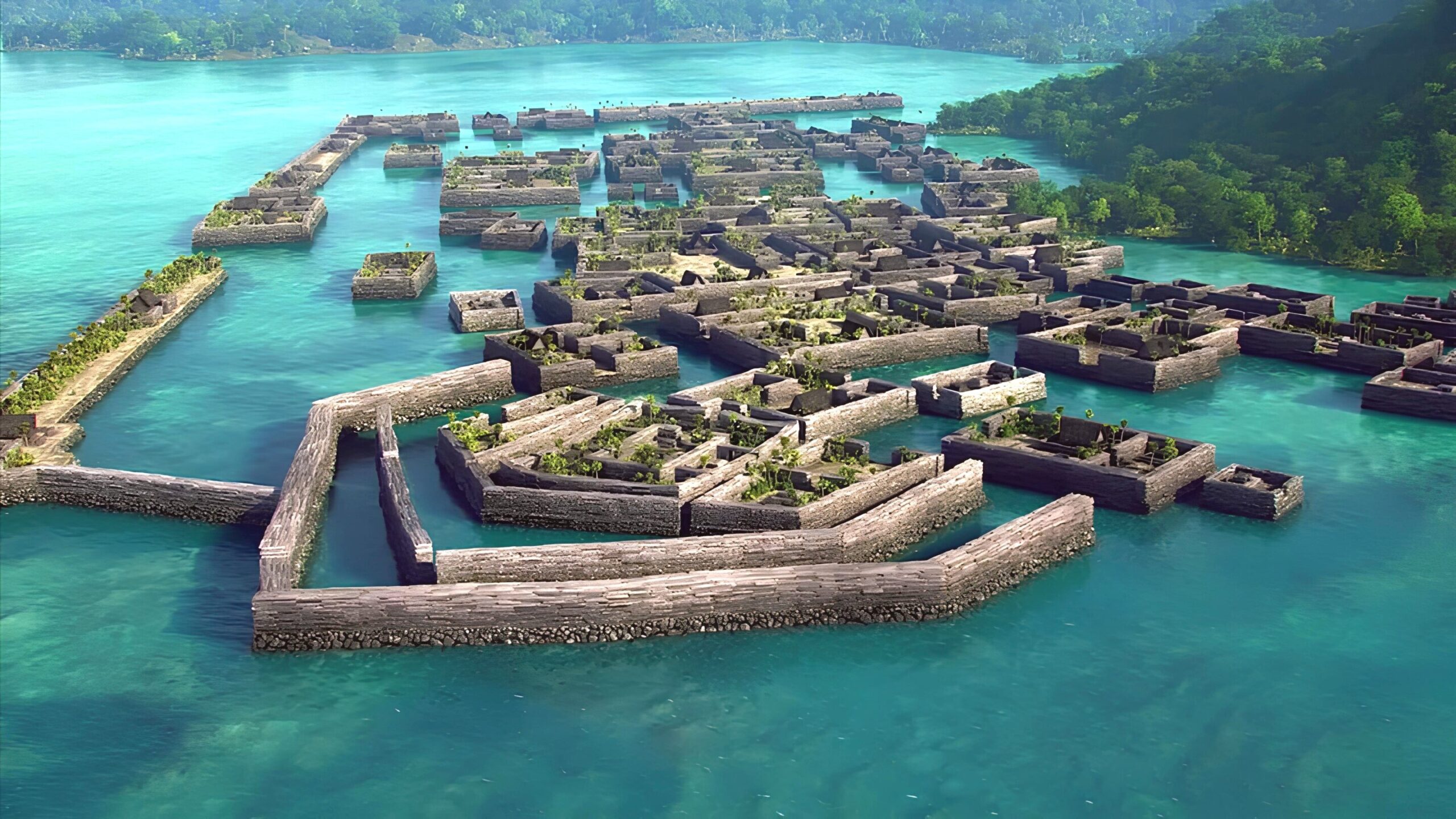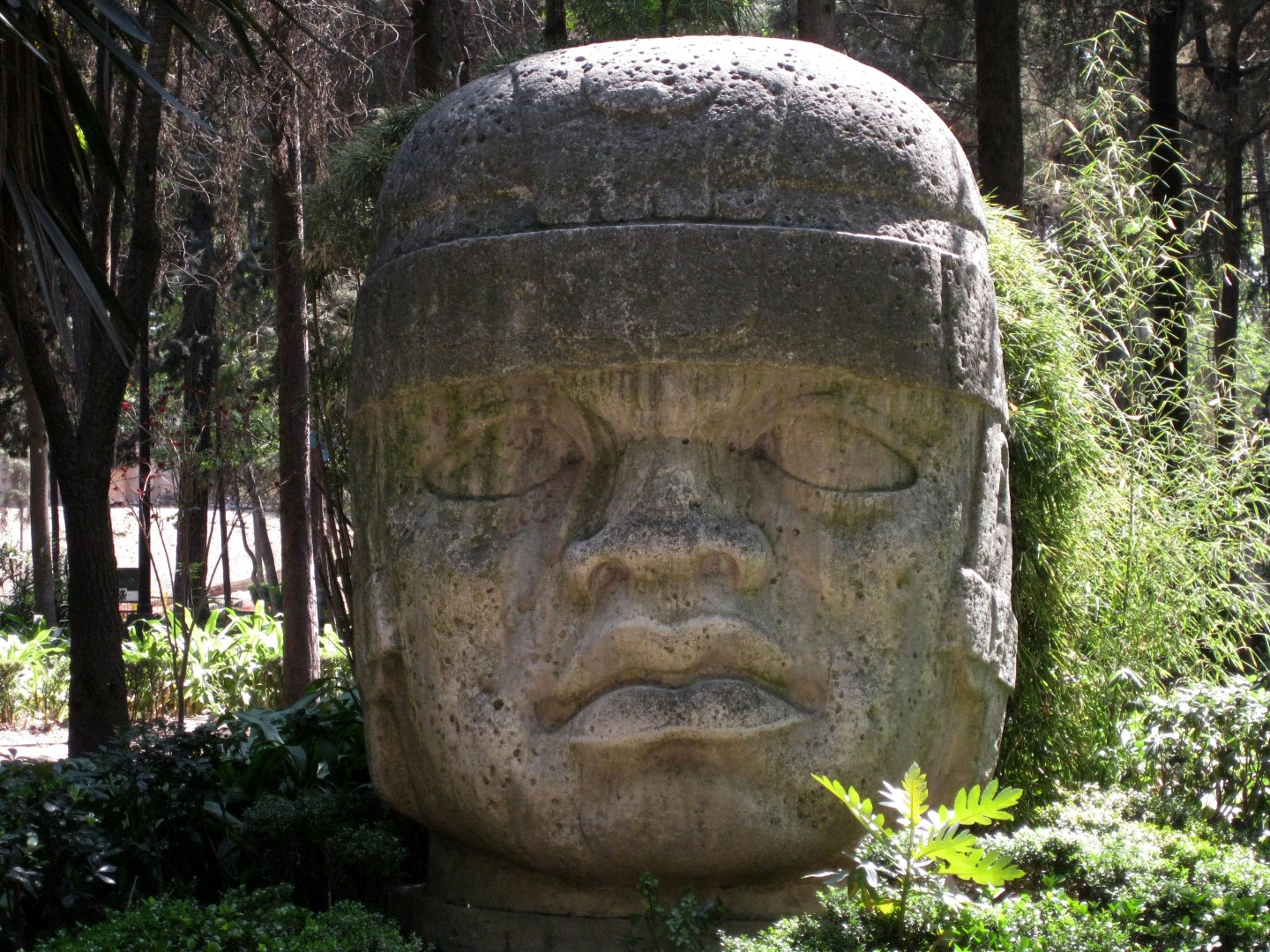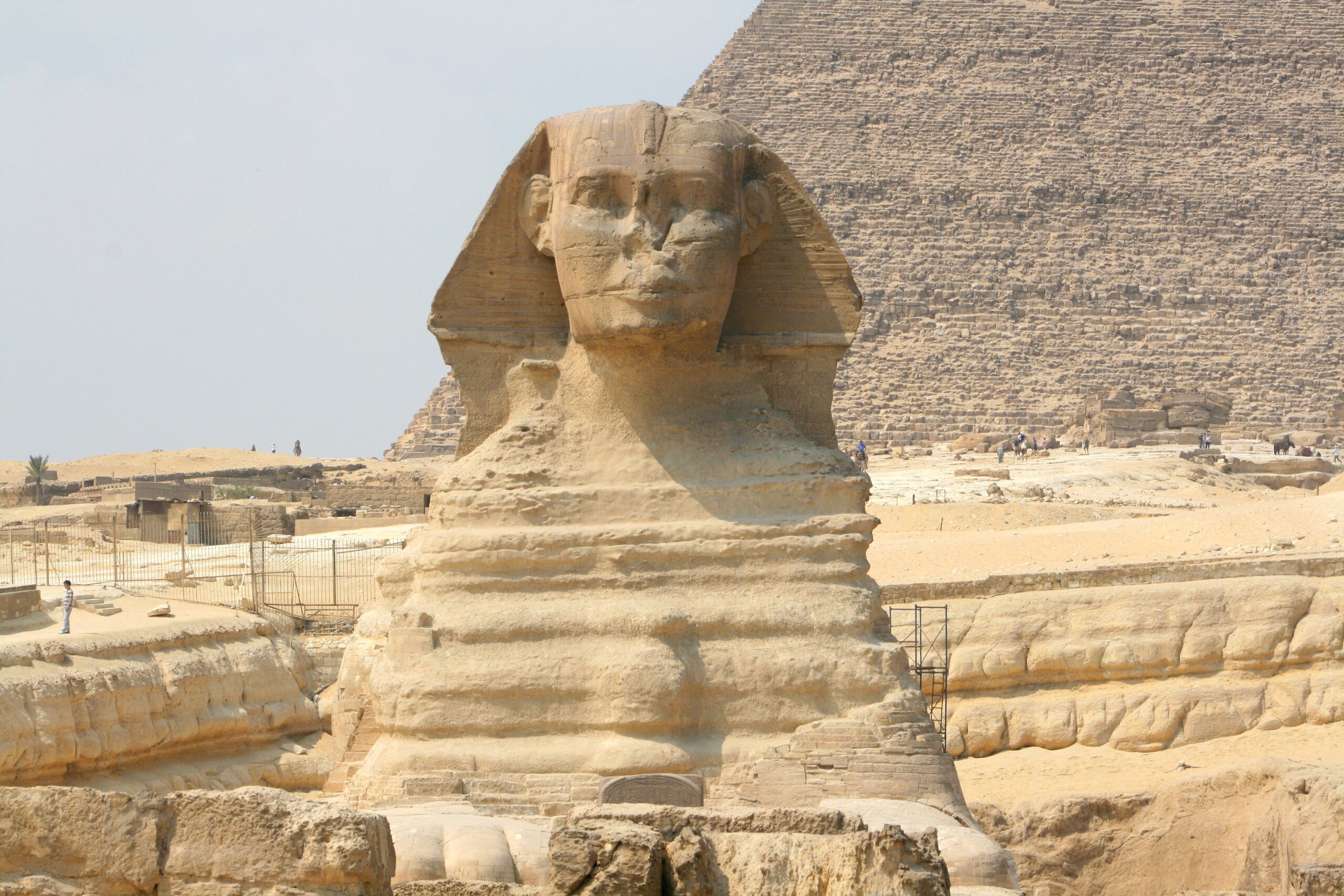
On Egypt’s Giza Plateau, beside the pyramids, stands the Great Sphinx of Giza, a limestone giant carved around 2500 BCE under Pharaoh Khafre. This 240-foot-long, 66-foot-tall figure, with a lion’s body and human head, has faced sand and time for over 4,500 years. Most tie it to Khafre’s reign, but geologist Robert Schoch’s 1991 water erosion theory pushes its origins back to 7000 BCE or earlier. That debate keeps this icon a puzzle worth revisiting.
The Great Sphinx of Giza’s Ancient Craft
Workers shaped this monolith from a single limestone ridge, cutting its body 66 feet high and 240 feet long, then adding a pharaoh’s face, likely Khafre’s, based on nearby temple links. Dated to 2500 BCE by mainstream Egyptologists, it aligns with the Old Kingdom’s peak, finished with tools like copper chisels. Repairs from 1400 BCE show it’s weathered plenty, yet stands firm. Could an older base hint at a lost start? That possibility stirs thoughts of a deeper past.
Water Erosion’s Bold Claim
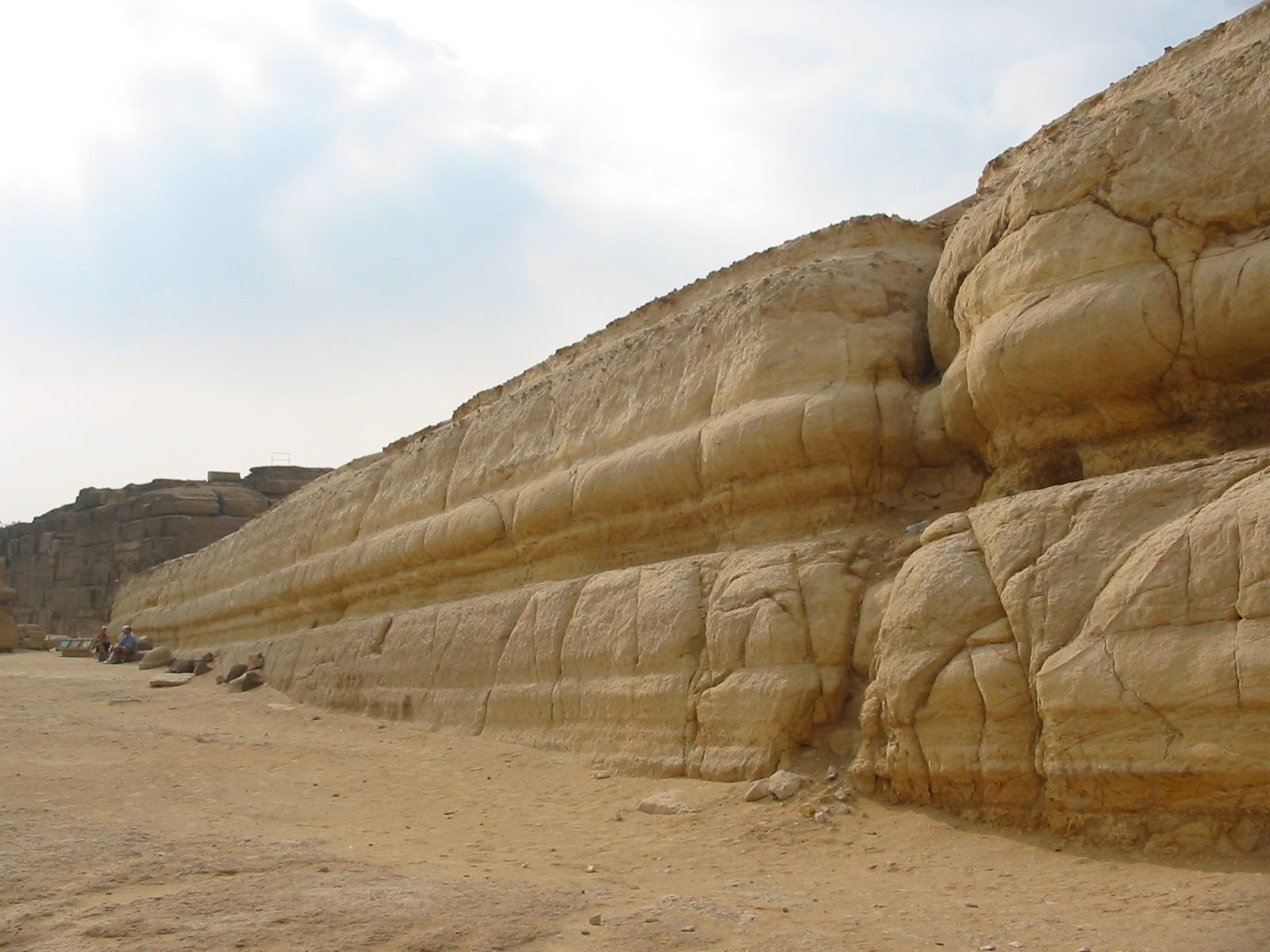
Schoch’s 1991 study shook things up, pointing to deep grooves on the Great Sphinx of Giza that look like rain damage, not just wind or sand wear. He argues heavy rains, last common in Egypt before 5000 BCE, carved those marks, suggesting a build date closer to 7000 BCE, long before Khafre. Critics like Mark Lehner say later floods or quarry flaws explain it, but Schoch’s evidence lingers. What if rain fell on an even earlier monument? That twist challenges the timeline we know.
A Figure of Power
Tied to Khafre, the sphinx likely stood as a guardian of his pyramid, blending royal might with divine protection in lion form. Its missing nose, possibly lost to 14th-century vandals per Arab historian al-Maqrīzī, adds to its weathered tale, while a dream stela from Thutmose IV in 1400 BCE ties it to royal legacy. An older origin might mean it watched over a different ruler’s world. That shift reframes its story entirely.

Why It Stirs Debate Today
A UNESCO World Heritage site since 1979, the Great Sphinx of Giza draws millions to Giza, its silent gaze unchanged despite erosion debates. Schoch’s theory, backed by geologists like Colin Reader, keeps scholars arguing over rain versus wind, with no final dig to settle it. Future scans might pinpoint its bedrock age, testing if 7000 BCE holds up. It’s a stone riddle that keeps us looking back.



